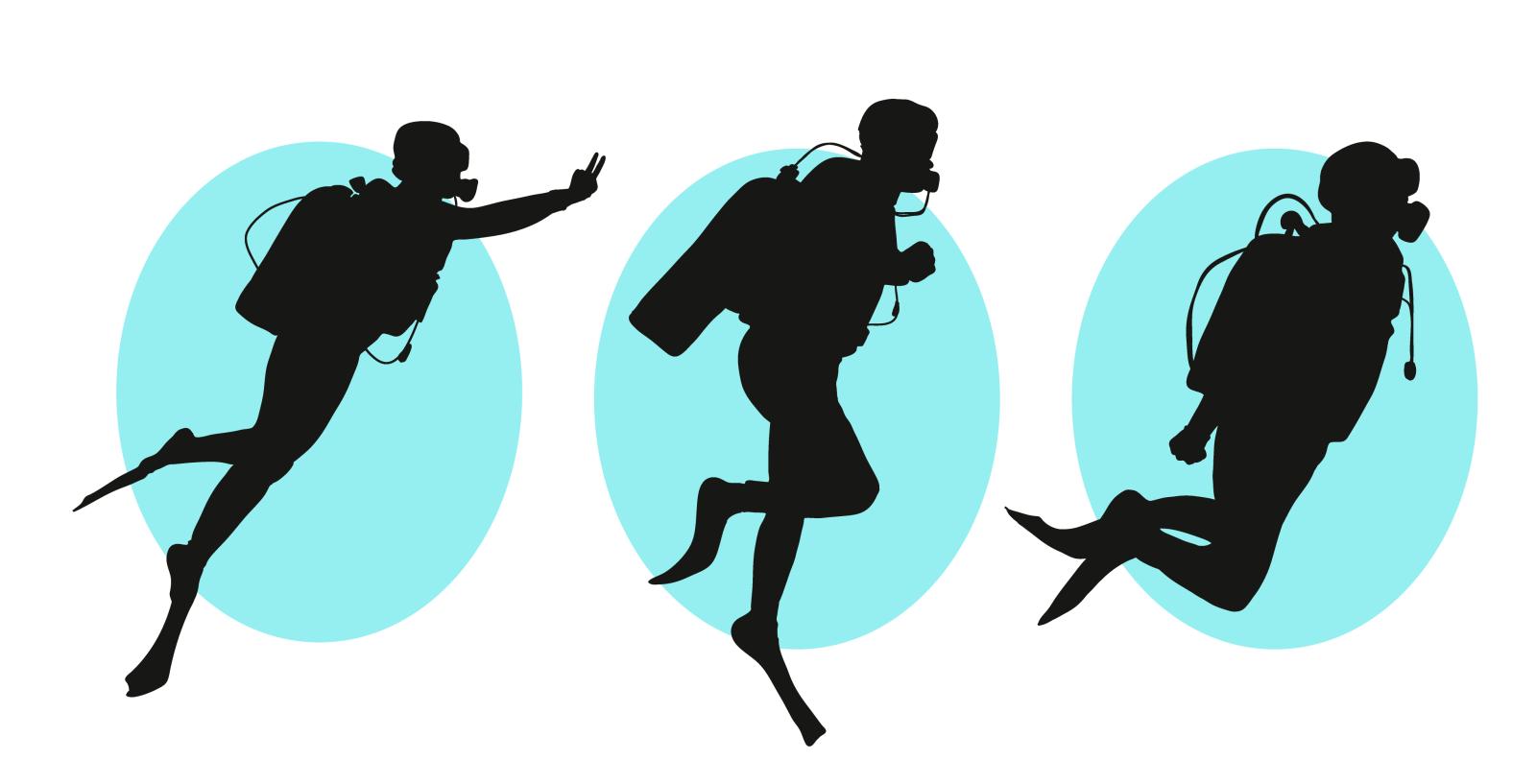Notifications

5 minutes, 50 seconds
-8 Views 0 Comments 0 Likes 0 Reviews

Scuba diving has always been about diving into a new world, one where you feel weightless, see marine creatures up close and have a distinct feeling of adventure. For the Deaf and hard-of-hearing people, nevertheless, this trip has a unique twist: communicating underwater is already a visual medium. Most divers use hand signals because they have to, but Deaf divers turn this into an art form by combining regular dive signs with parts of "underwater sign language." This opens up new ways to communicate, stay safe, and work together deep below the surface.
Thinking about how to talk underwater:
When words stop working, as they do in the quiet world below the surface, everyone is in the same boat—literally. Scuba divers learn a few simple signals from the Scuba diving hand signals course for things like "OK," "Low on Air," and "Ascend." However, these signals merely scratch the surface of what competent Deaf divers have been doing for a long time: strong visual communication that can handle complicated thoughts, subtle queries, or shared delight at a turtle that is swimming by or a school of fish that is shining.
Deaf drivers often employ a wider range of sign language underwater, changing American Sign Language (ASL), British Sign Language (BSL), or other national languages to work with masks and gloves. Some signals need to be changed to make them clearer when gear is in the way, but the result is a whole new set of words that can easily beat the communication level of non-deaf divers.
Better safety and coordination:
Talking to one other underwater isn't only for fun; it's a key part of keeping everyone safe. Here, Deaf divers have a clear edge. Fluent visual language lets people exchange information about possible dangers, changes to dive plans, or equipment difficulties quickly and clearly, even when they are far apart or in difficult situations. Many experienced diving instructors say that Deaf divers typically make better mates because they stay closer together and make more eye contact. These are two characteristics that make any dive team safer, no matter how well they can hear.
Making "Underwater Sign Language"
The underwater environment isn't always kind to hand forms or facial expressions, so Deaf divers have to come up with a scuba diving in ASL technique to adapt. For instance:
· Some people utilize larger, slower movements to make up for poor visibility.
· Changes are made to signals that usually use both hands and occasionally they include body language or finger spelling.
· Divers may use their dive computers or slates to show numbers or other difficult information.
· Some Deaf divers even make up their signals for marine life or certain occurrences that are unique to their group.
It's a live, changing language that may be affected by the people in a diving group or even the place where the dive takes place. Everyone, even non-deaf divers, benefits from sharing these advanced communication tips. It makes everyone more confident and aware of what's going on below the surface.
Inclusion & Breaking Down Barriers:
More and more scuba diving schools throughout the globe are offering training that is specifically for the Deaf population. Some dive shops have instructors who can speak sign language, while others hire interpreters to help students during lessons. Because of this, many Deaf divers become role models, breaking down prejudices in a sport that depends more on trust and visual clues than on words.
Deaf divers frequently feel more free when they can glide over water without the pull of gravity or sound. For a lot of people, the undersea world is a place where "disability" goes away and special skills come out. The common visual language is more than simply a tool; it becomes a bridge that changes how people talk to each other under the waves and shows that everyone can have an experience.

